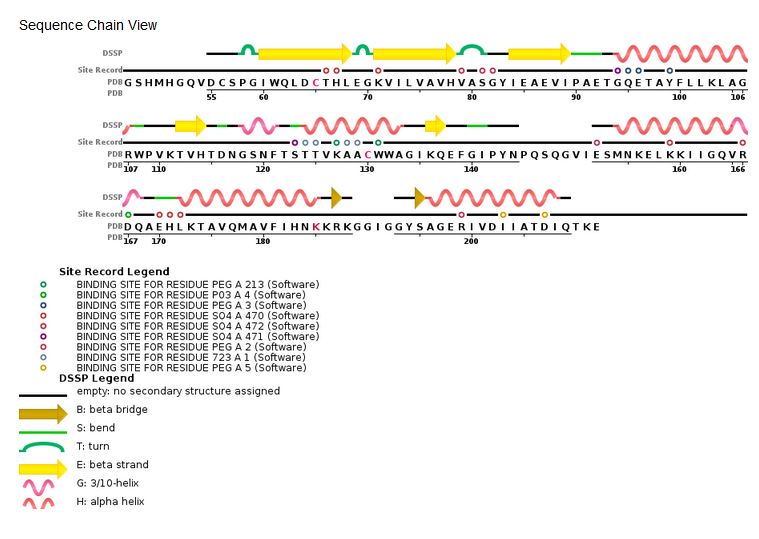Sandbox Reserved 1502
From Proteopedia
(Difference between revisions)
| Line 14: | Line 14: | ||
== '''HIV''' == | == '''HIV''' == | ||
| - | HIV stands for human immunodeficiency virus. It is | + | HIV stands for human immunodeficiency virus. It is a retrovirus virus that damages the cells in the immune system and weakens the ability to fight everyday infections and disease. Copied into DNA, HIV is inserted into the genome of the infected cell thanks to integrases. To replicate and diffuse himself it attacks the body’s immune system, specifically the CD4 cells (T cells), which help fight off infections. As soon as HIV enters an individual, it accumulates in these cells and forms reservoirs of latent viruses in a few days or even hours. These reservoirs persist for life. |
| - | + | No cure currently exists, but HIV can be controlled by using antiretroviral therapy or ART. It is a combination of antiretroviral drugs to maximally suppress the HIV virus and stop the progression of HIV disease. Before the introduction of ART in the mid-1990s, people with HIV could progress to AIDS in just a few years. Today, someone diagnosed with HIV and treated before the disease is far advanced can live nearly as long as someone who does not have HIV.[https://www.hiv.gov/hiv-basics/overview/about-hiv-and-aids/what-are-hiv-and-aids] | |
| - | + | ||
| - | No | + | |
=='''Disease : AIDS'''== | =='''Disease : AIDS'''== | ||
| - | AIDS stands for Acquired Immunodeficiency Syndrome | + | AIDS is the ultimate stage of infection with the human immunodeficiency virus. The word AIDS stands for for Acquired Immunodeficiency Syndrome. People with AIDS get an increasing number of severe illnesses, called opportunistic infections, because of there damaged immune system. |
| - | + | ||
| - | + | ||
| - | Without treatment, people who progress to AIDS typically survive about 3 years. Once you have a dangerous opportunistic illness, life-expectancy without treatment falls to about 1 year. ART can be helpful for people who have AIDS when diagnosed and can be lifesaving. Treatment is likely to benefit people with HIV no matter when it is started, but people who start ART soon after they get HIV experience more benefits from treatment than do people who start treatment after they have developed AIDS. | ||
| - | People living with HIV may progress through these stages at different rates, depending on a variety of factors, including their genetic makeup, how healthy they were before they were infected, how much virus they were exposed to and its genetic characteristics, how soon after infection they are diagnosed and linked to care and treatment, whether they see their healthcare provider regularly and take their HIV medications as directed, and different health-related choices they make, such as decisions to eat a healthful diet, exercise, and not smoke.[https://www.hiv.gov/hiv-basics/overview/about-hiv-and-aids/what-are-hiv-and-aids] | ||
</StructureSection> | </StructureSection> | ||
Revision as of 22:05, 9 January 2019
| This Sandbox is Reserved from 06/12/2018, through 30/06/2019 for use in the course "Structural Biology" taught by Bruno Kieffer at the University of Strasbourg, ESBS. This reservation includes Sandbox Reserved 1480 through Sandbox Reserved 1543. |
To get started:
More help: Help:Editing |
3lpt - HIV integrase
| |||||||||||

